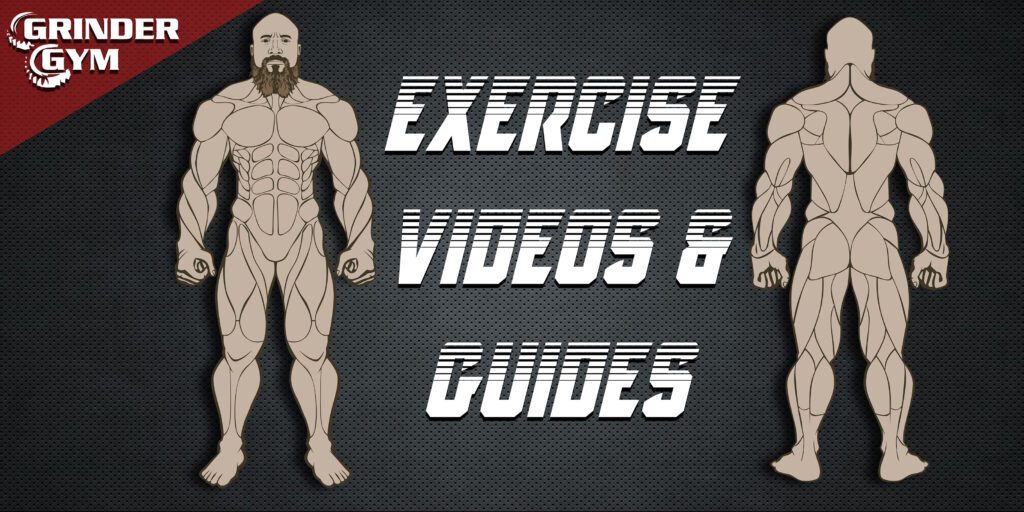
Achieving fitness goals and athletic performance improvements is a journey that requires careful planning and strategic training. One approach that has gained prominence in recent years is Phase Potentiation. This training methodology involves structuring your training into distinct phases, each with a specific focus, to maximize the potential for each training block to achieve specific goals. In this article, we will delve into the concept of Phase Potentiation and how it can be effectively used to enhance your training regimen.
Understanding Phase Potentiation
Phase Potentiation is a training strategy that revolves around the principle of progressive overload and specificity. It aims to optimize your training progress by dividing your training cycle into distinct phases, each targeting different aspects of fitness or performance. These phases typically include:
Accumulation Phase
In this phase, the focus is on building a solid foundation of general fitness. The primary goal is to increase work capacity and prepare the body for more intense training. This phase often involves higher volume and lower intensity workouts.
Transmutation Phase
Once a strong base is established, the transmutation phase comes into play. Here, the focus shifts towards converting the improvements gained in the accumulation phase into sport-specific skills or strength. The volume may decrease, but the intensity increases, helping the body adapt to the demands of the sport or activity.
Realization Phase
In the realization phase, the training becomes highly specific to the sport or performance goal. This is where peak performance is developed. Intensity is at its highest, and the goal is to fine-tune skills and reach peak physical condition for competition or achievement of your specific goal.
The Benefits of Phase Potentiation
Prevents Burnout
One of the key advantages of Phase Potentiation is that it helps prevent burnout. By strategically structuring training phases, you allow your body to recover and adapt between high-intensity periods. This reduces the risk of overtraining and injuries, promoting long-term progress.
Maximizes Adaptations
Each phase of training is designed to elicit specific adaptations. Accumulation phases build general fitness and work capacity, while transmutation phases help convert these gains into sport-specific skills and strength. Realization phases fine-tune your abilities for peak performance. This structured approach ensures that you get the most out of each training block.
Mental Focus
Phase Potentiation also benefits your mental game. By having clear training goals for each phase, you maintain focus and motivation throughout your training cycle. Knowing that each phase serves a purpose and contributes to your overall progress can be a powerful motivator.
Reduces Plateaus
Switching between training phases prevents plateaus in performance. If you continuously train at the same intensity and volume, your progress can stagnate. By constantly challenging your body with different stimuli, you keep adapting and improving.
Implementing Phase Potentiation
To effectively implement Phase Potentiation into your training regimen, consider the following steps:
Set Clear Goals
Determine your long-term fitness or performance goals. These will guide the structure of your training phases.
Consult a Coach or Trainer
If you’re new to Phase Potentiation, seeking guidance from a knowledgeable coach or trainer can be invaluable. They can help you design a tailored training plan that suits your goals and needs.
Plan Your Phases
Break your training year into distinct phases. Ensure that each phase has a specific focus and set clear objectives for what you want to achieve during that phase.
Periodization
Within each phase, use periodization techniques to vary the intensity and volume of your workouts. This might involve cycles of higher and lower intensity training to continually challenge your body.
Recovery and Monitoring
Prioritize recovery between phases to allow your body to adapt and reduce the risk of burnout. Regularly monitor your progress and adjust your training plan as needed.
Nutrition and Support
Pay attention to your nutrition and consider seeking support from physiotherapists, nutritionists, or sports psychologists to complement your training efforts.
Conclusion
Phase Potentiation is a powerful training principle that can help you maximize your potential and reach your fitness or performance goals. By structuring your training into distinct phases, each with a specific focus, you can prevent burnout, optimize adaptations, maintain mental focus, and reduce plateaus. To successfully implement Phase Potentiation, it’s essential to set clear goals, consult experts, plan your phases, use periodization, prioritize recovery, and seek necessary support. With a well-structured training regimen, you can unlock your full potential and achieve the results you desire.

